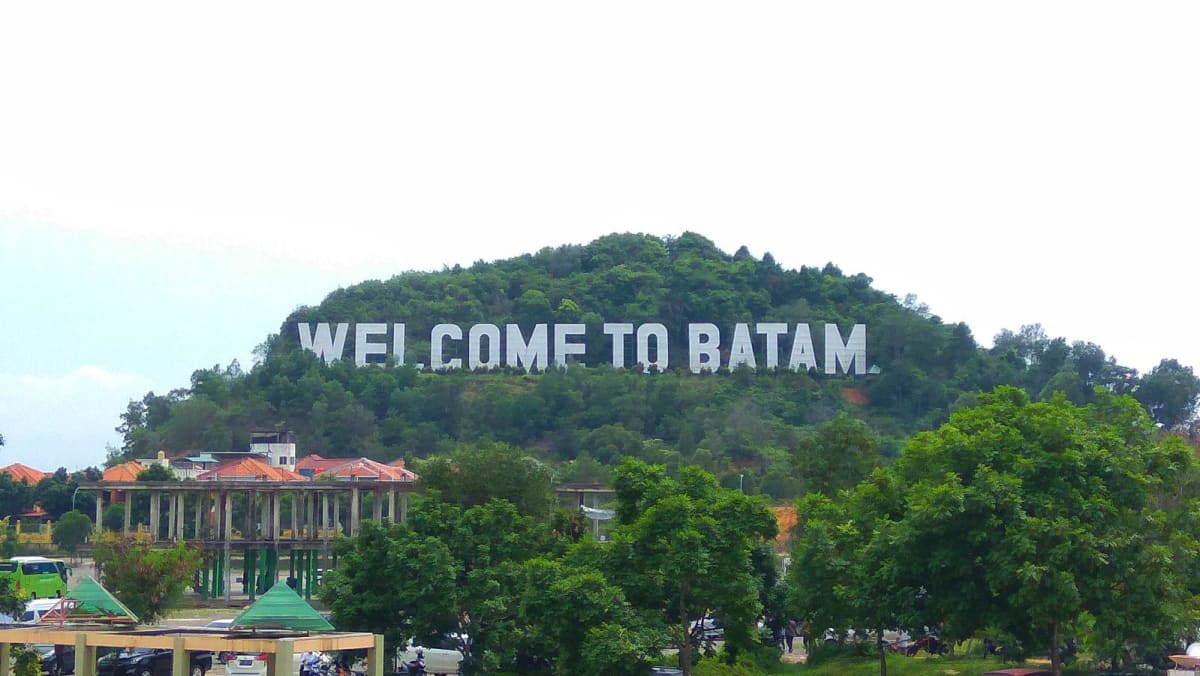BATAM’S RISE
The island began to take off only in 1990 when, along with its sister island Bintan, it became part of the Singapore-Johor-Riau (SIJORI) campaign. This tripartite initiative courted international investment by leveraging its territories’ comparative advantage and good connectivity.
Beyond international promotion, investment in Batam was catalysed by the repeal of restrictive legislation, particularly regarding equity thresholds and the ownership of industrial estates by private sector operators. Subsequently, a cohort of Japanese, European, and American electrical and electronics firms set up operations, largely managed by affiliates based in Singapore.
The Asian financial crisis of 1997 put paid to the SIJORI campaign as policymakers scrambled to contain the fallout. Nonetheless, much of the manufacturing operations that came in the 1990s stayed in the various SIJORI territories, demonstrating the economic potential of such cross-border networks.
Batam and Bintan’s economic fortunes received a further boost in 2002 when the Integrated Sourcing Initiative in the US-Singapore free trade agreement allowed electronics and medical device components procured from the islands to be included in Singapore’s customs area for shipment to the US. In 2009, all of Batam, along with parts of Bintan, were made free trade zones (FTZ), allowing duty-free imports and exports.
Over the subsequent two decades, Batam focused on its niche as an export-oriented production hub – much like Johor to its north. However, the island’s attraction began to fade as significant industrial relations crises hit it.
This led to an exodus of many of the island’s electrical and electronics producers. The impact was offset by increased investment in the shipbuilding and repair sectors. This surge, in turn, subsided due to overcapacity and obstacles to selling on the local market due to Batam’s FTZ status.
Following a collapse in tourism due to COVID-19, Batam’s economy has been on the mend. From -2.5 per cent growth in 2020, the island’s economy bounced back to 4.8 per cent in 2021 and oscillated between 6.5 and 7 per cent between 2022 and 2024. Batam has reeled in investments from solar panel, power generation and semiconductor producers. Its crowning achievement is Apple’s pledge to invest US$1 billion to manufacture AirTags on the island.
Fledgling service sectors such as animation and film, as well as data centres, have further diversified its economy. These green shoots and other target sectors will hopefully be boosted by SEZs targeting the digital economy, health, and aeronautical maintenance, repair and operation sectors. Some of these sectors are also sought after by the Johor-Singapore SEZ.
